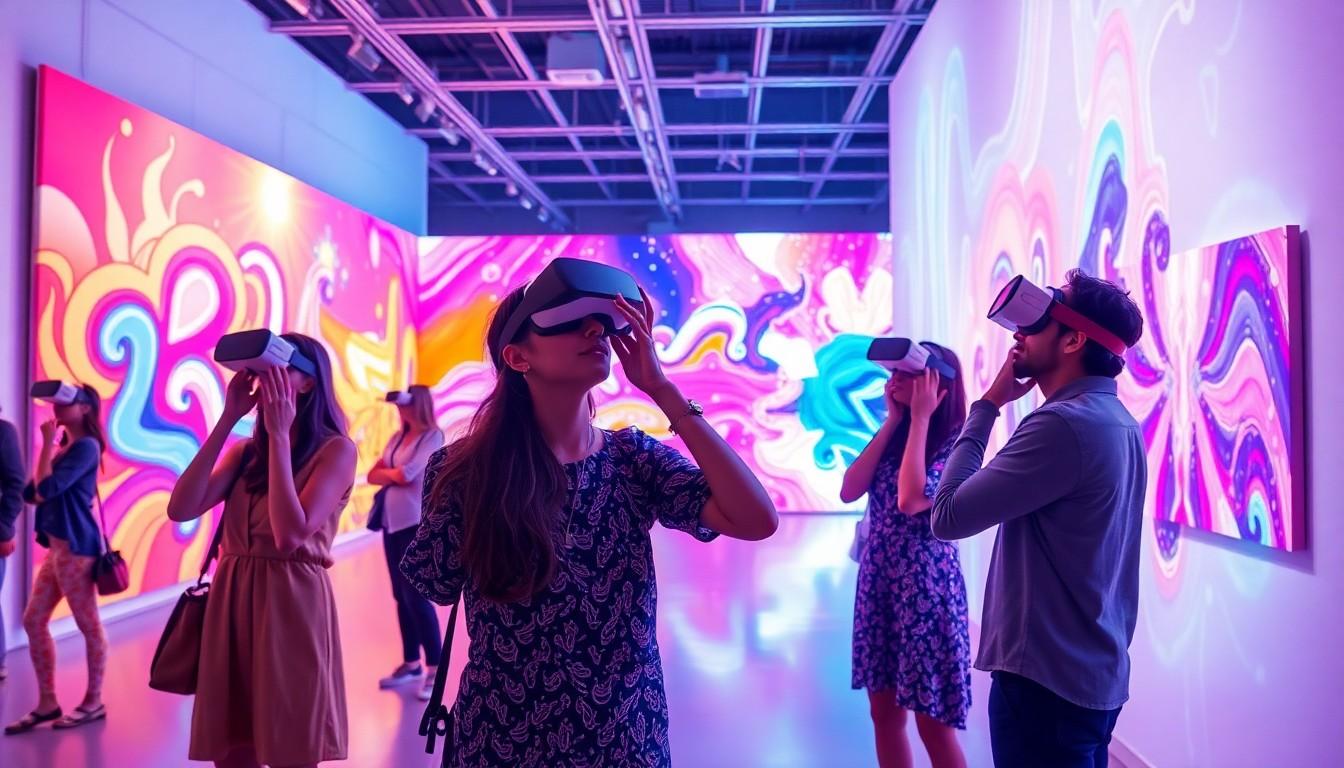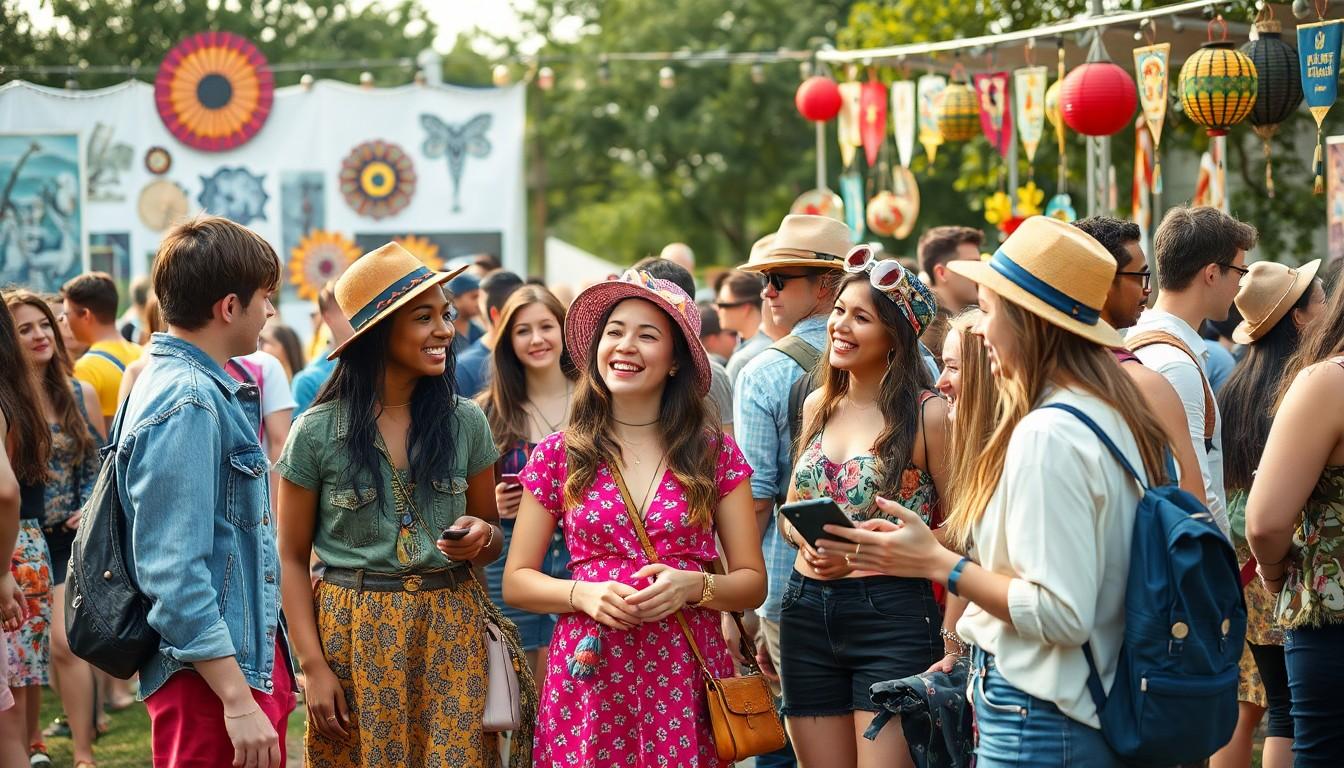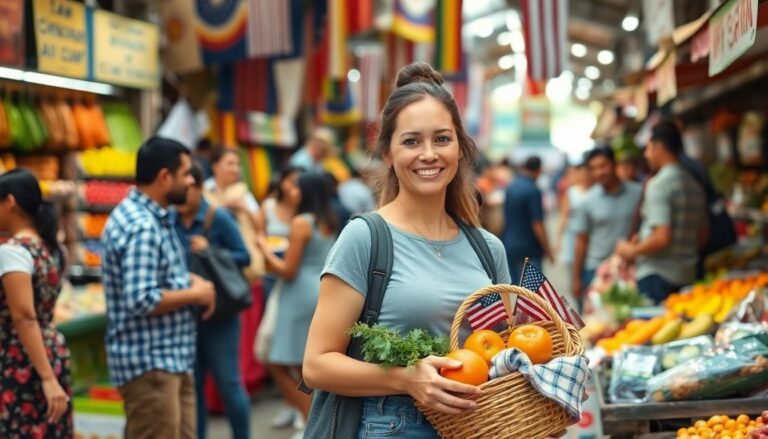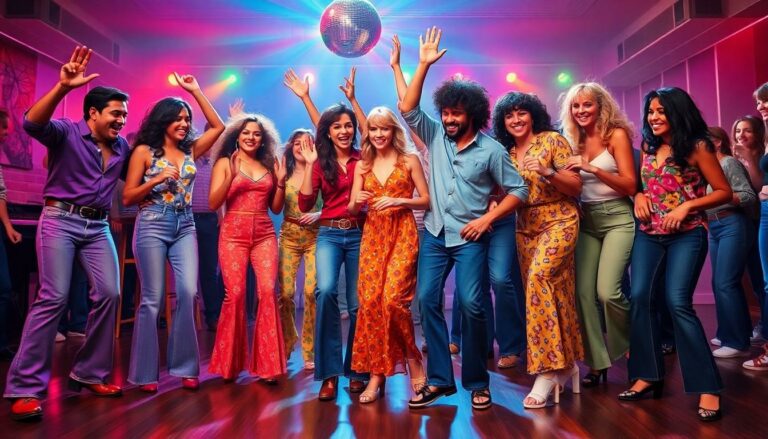In today’s fast-paced world, cultural trends pop up and fade away quicker than a TikTok dance challenge. From viral memes to the resurgence of vintage fashion, it’s a wild ride to keep up with what’s hot and what’s not. But don’t worry; you’re not alone in this cultural jungle. The latest trend is more intriguing than a cat video that’s gone viral, and it’s reshaping how people connect and express themselves.
Which Is a Current Trend in the Cultural Environment?
Current trends in the cultural environment reflect a blend of technology and community engagement. Social media platforms facilitate rapid sharing of ideas, with platforms like TikTok leading the way in shaping cultural narratives. Diverse content, from viral memes to niche interests, shapes user interactions and influences trends.
Streaming services drive the popularity of diverse storytelling. Series and films that explore underrepresented perspectives resonate strongly with audiences, showcasing the impact of representation. Moreover, this shift towards inclusivity fosters a sense of belonging within varied communities.
Sustainability continues to gain traction, shaping consumer choices and influencing art. Artists prioritize eco-friendly materials and themes that reflect environmental concerns. This mindset creates a cultural dialogue around responsibility and awareness.
Mental health awareness also marks a significant trend in contemporary culture. Conversations surrounding mental well-being encourage openness and vulnerability, helping to destigmatize these topics in society. Social media acts as a platform for individuals to share their experiences, promoting empathy and support.
Authenticity stands out as a crucial aspect in creative expressions. Audiences increasingly value genuine content over heavily curated images. As a result, creators feel empowered to present their true selves, forging deeper connections with their followers.
Cultural events pivot towards hybrid formats, combining in-person and virtual experiences. This approach broadens accessibility, allowing more participants to engage with art and culture. Consequently, the cultural landscape evolves, accommodating diverse preferences and enhancing audience reach.
Overall, the current cultural environment showcases a dynamic interplay of technology, sustainability, representation, and authenticity, driving trends that define contemporary connections.
Impact of Technology on Culture

Technology significantly shapes cultural expressions today. Digital platforms redefine creativity and accessibility, merging traditional art forms with innovative methods.
Digital Art and Virtual Reality
Digital art revolutionizes creative expression. Artists utilize tools such as graphic software and virtual reality environments to experiment and engage with their audiences. This medium emphasizes interactive experiences, allowing viewers to immerse themselves in artwork. Virtual reality art installations expand viewers’ perceptions, stimulating emotional and intellectual responses. Especially relevant, these forms encourage collaboration among artists, technologists, and audiences, driving the evolution of contemporary art. Numbers show that VR art exhibitions draw substantial online attendance, leading to increased appreciation for innovative creations.
Social Media Influence
Social media influences cultural trends extensively. Platforms like TikTok and Instagram foster a rapid dissemination of ideas and styles. Users actively share memes, art, and fashion, cultivating interconnected communities. Within these digital spaces, trends can go viral overnight, impacting everything from music to fashion choices. Notably, influencers play a key role, shaping perceptions and preferences through curated content. Engagement metrics highlight the power of social media in driving cultural narratives and creating global sensations. Keeping up with these shifts ensures active participation in ever-changing cultural dynamics.
Shifts in Cultural Norms
Cultural norms are experiencing significant shifts influenced by various factors. Trends emphasize inclusivity and representation, reshaping social landscapes and fostering connections.
Diversity and Representation
Diversity plays a crucial role in modern culture, with increased focus on inclusive narratives across media. Representation of varied cultures, identities, and backgrounds reflects society’s rich tapestry. Pop culture phenomena embrace these differences, allowing underrepresented voices to shine. Films and television shows now feature cast diversity, fostering broader audience engagement. As more brands prioritize representation in marketing, they resonate with consumers seeking authenticity. This shift leads to cultural products that represent real-life experiences, driving connection and empathy among audiences.
Sustainability and Ethical Practices
Sustainability is becoming a guiding principle in contemporary cultural production. Brands prioritize eco-friendly practices, influencing consumer behavior in fashion, food, and entertainment. Cultural events now frequently emphasize reduced waste and carbon emissions, showcasing a commitment to environmental responsibility. Artists and creators champion ethical sourcing, ensuring their work reflects responsible practices. Viewers actively seek content that aligns with their values, driving demand for sustainable offerings. This cultural trend recognizes the importance of preserving the environment while fostering a sense of shared responsibility among creators and audiences.
Globalization and Cultural Exchange
Globalization fosters cross-cultural interactions, creating vibrant exchanges that shape contemporary culture.
Cross-Cultural Collaborations
Cross-cultural collaborations leverage diverse perspectives in arts, music, and culinary practices. Artists from different backgrounds often unite, blending unique styles to produce innovative works. Festivals and events celebrate these partnerships, promoting global understanding and appreciation. Collaborations frequently amplify voices from underrepresented communities, allowing broader audiences to experience rich traditions. Cultural exchange programs increasingly facilitate these partnerships, providing platforms for dialogue and shared creativity. Notable examples include joint art projects where artists create pieces that reflect both their heritage and their collaborative experience.
Preservation of Indigenous Cultures
The preservation of indigenous cultures gains importance in an increasingly globalized world. Many communities emphasize maintaining traditional practices and languages, ensuring they thrive alongside contemporary influences. Documentaries and social media campaigns showcase indigenous stories, heightening awareness and appreciation. Furthermore, educational initiatives empower younger generations to engage with their heritage. Partnerships with organizations devoted to cultural preservation play crucial roles in this effort. By promoting artisanal crafts and sustainable practices, these communities contribute to global cultural diversity while honoring their unique identities.
Embracing The Cultural Trends
Navigating today’s cultural environment requires adaptability and awareness. As trends evolve rapidly influenced by technology and community engagement, individuals must stay informed to connect authentically. The rise of inclusive narratives and sustainability reflects a broader shift towards values that resonate with diverse audiences.
Moreover the blending of traditional and digital art forms opens new avenues for creative expression while fostering a sense of belonging. As global cultural exchanges continue to flourish the importance of representation and diversity remains paramount. Embracing these trends not only enriches personal experiences but also contributes to a more connected and empathetic society.




